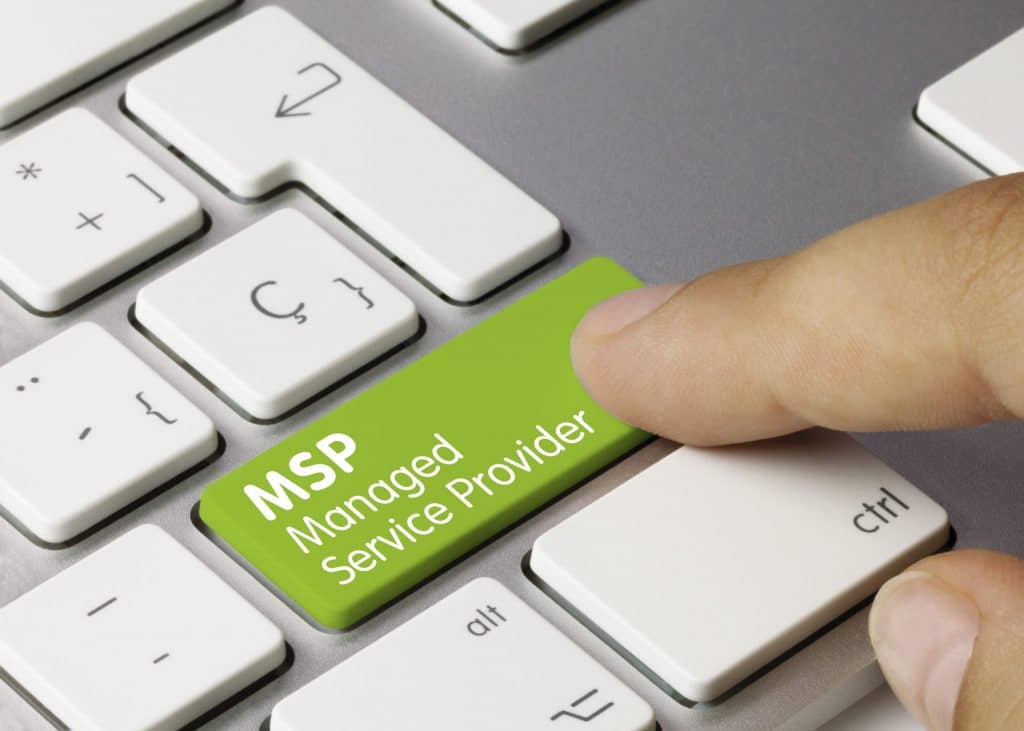
Is it time to change your managed IT service provider? For many businesses, staying with an inefficient or unreliable MSP can lead to frustration, downtime, and lost opportunities. If you’re facing these challenges, it may be time to evaluate whether a change is necessary. Recognizing the signs early is crucial to maintaining a strong and secure IT infrastructure. In this post, we will, therefore, explore the key indicators that suggest it’s time to switch your managed IT service provider.
It sounds fascinating that hiring a managed service provider can resolve your IT issues, but it is not so easy to get the right managed service provider (MSP). If you don’t have the right one, you may face multiple complications like inadequate IT support, excess expenditure, etc.
Many MSPs appear identical on paper when you’re searching for one for your business. They all provide surveillance, cyber security, preventative maintenance, help desk facilities, strategic guidance, account management facilities, etc.
In normal conditions, all goes well; but the problem arises when anything unexpected happens. Situations like unexpected downtime with no explanation, disappointed staff for poor MSP’s services, disputed charges, etc., can disappoint you. Unexpected incidents can happen, but how your MSP manages them, restores systems quickly, and their attitude toward you is key. Here are some aspects to consider that indicates you might need to change your existing managed services company.
1. Insufficient Flexibility
Flexibility and scalability are essential requirements for SMBs. They need versatile service providers who can adjust to their evolving needs. Since service and support requirements may vary throughout the year, it’s crucial that your MSP offers flexible service packages. If your current MSP doesn’t provide this, consider finding a new provider. Be sure that your new MSP offers flexible services and pricing tailored to your needs.
With many options available, don’t settle for an MSP that doesn’t meet your service and support needs. Instead, explore providers that align with your business goals.
2. Repeated problems
Your MSP should use advanced monitoring systems to proactively identify and resolve issues before they disrupt your business. When issues arise, your MSP must have the processes and documentation to resolve them efficiently. They also need to have a standard method for quickly fixing the problem if it arises again.
Frequent issues and downtimes may indicate it’s time to switch your service provider. Repeated issues suggest your MSP isn’t tracking or permanently resolving problems. Common issues like backup failure, low memory, and PC or server crashes are those that your MSP needs to be aware of before you do. An efficient MSP should be able to prevent issues from occurring and build up a system to avoid them in the future.
3. Poor communication
A successful partnership and teamwork depend on good communication. Poor communication between an IT consultant and client causes inefficiency and delays. It is essential to maintain good communication, convey updates and/or feedback to the clients, and provide fast responses to queries.
It’s probably time to find a new managed IT service provider if your communication with your current MSP is not prompt and effective. Working with IT experts who are direct and open to feedback helps clients understand issues and make better decisions.
4. Slow response time
Issues like network outages, server crashes etc., are common; and when such situations happen, you expect an immediate response for your MSP. If you notice that your MSP is taking ages to restore the system to workable condition, you might need to think about changing your service provider. It is frustrating to deal with a poor and slow IT support service at a time of emergency. Every idle minute due to an unresolved IT issue can lead to a loss of productivity.
5. Trust issues with MSP
It is crucial to establish a trusted partnership with your MSP for an efficient work environment. If, at any point, you find that your MSP is not aligned with your business goals or budget, it’s time to reconsider your partnership. Your tech service provider should treat you as a partner and strive to meet all your IT and security requirements.
Furthermore, a competent MSP provides valuable guidance for hardware upgrades, improved workflows, and optimized software systems. They possess industry-specific knowledge to determine what best fits your business and what won’t work. Without a trusted IT partner, it becomes challenging to confidently invest in the right services, applications, and components.
Is it time to change your existing managed IT service providers?
It is not always possible for business owners to have adequate knowledge about every technology update, and this is where you need the help of your MSP. You need to assess your tech service provider to ensure that they are helping you to make the best decisions for your company. Make sure that MSP is a reliable business partner. Otherwise, you can’t trust your MSP to deliver reliable, cost-effective IT solutions for your business, and you might face difficulties in the long run.
If you find that your MSP is not keeping you up-to-date on possible problems or proactively checking your infrastructure to make sure your IT solutions are still working, they are not playing the role of true advisors or IT consultants.
If you and your staff have encountered that your current managed IT service provider is not functioning accordingly, you should consider changing your MSP to better your organization.
Now what?
Changing your MSP will not be so difficult. An efficient MSP can easily take over the charge of your IT services without affecting your productivity and security services at all. With a trusted you’ll experience better technical support, security measures, strategic IT consulting, and also the value your company deserves.

